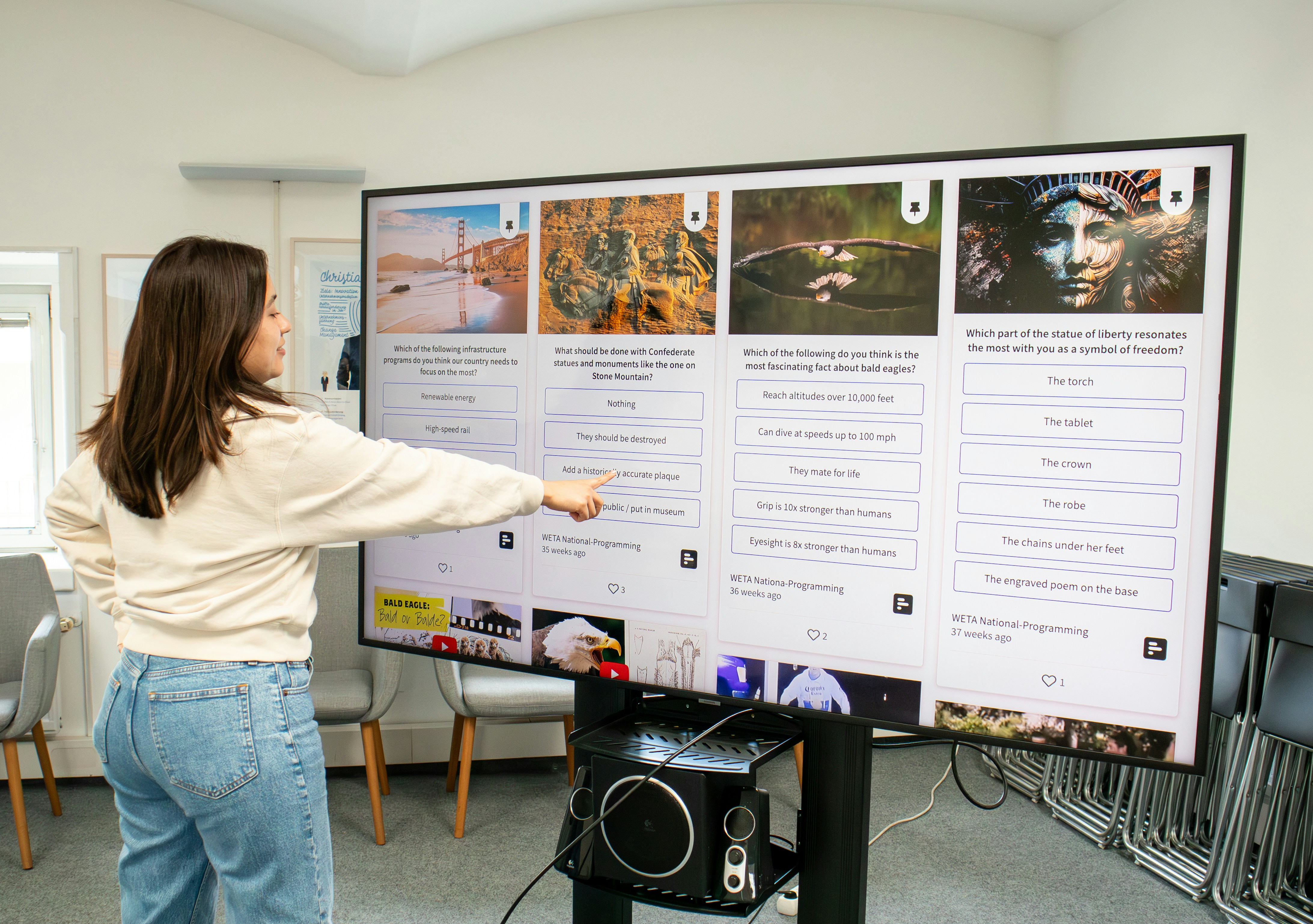“On the 25th of November 2020, the first edition of Startup Cities Summit took place, organized by the Global StartupCities initiative…” – I remember how I used to write official reports back in the day (not talking about last century if that was your question, but you can keep hanging on to that old-fashioned reporter typing on their machine scene – I like it too).
Startup Cities Summit brings together entrepreneurial cities and ecosystems, to showcase their innovative solutions to current issues, in sessions with top-level professionals from the public and private sector. This event will be the annual milestone for the newly established European Innovation Area. Lots of new names, right? Well, that is the point of this blog – to help you shed a bit of light on all of this.
The European Innovation Area (EiA) is a bottom-up movement, powered by the Global StartupCities initiative. It will support EU and global entrepreneurs and innovators, especially at the local levels, including smaller cities and rural areas. How does it fit into the bigger EU Research and Innovation picture? EiA was proposed as a “synergetic gear”: matching top students, top researchers and top entrepreneurs and innovators from all over Europe, to have a stronger EU innovation value chain. EiA aspires to provide the ground for interaction between research, education and innovation, which will allow to strengthen the European Innovation Ecosystems.
There are 4 main priority areas set for the European Innovation Area.
Market, with the aim to accelerate connectedness between global StartupCities, led by top startups and SMEs. The actions under this priority relate to engaging market innovation, address climate change and health innovation, and driving the demand of training courses for global-EU startups and SMEs.
Young, where StartupVillages will engage young entrepreneurs and innovators from rural and urban areas, in synergy with Erasmus+ programme. This priority is set to drive inclusive growth with young entrepreneurs and innovators, especially from rural and remote areas, as well as intensify the cooperation and exchange between rural and urban areas via Erasmus+.
Women, with the aim to accelerate the support of venture capital for women entrepreneurs and innovators. With less optimistic numbers and only 5% of the leadership positions in tech sectors lead by women, this priority is set to drive change by bringing more women leadership in local ecosystems and also more venture capital support for women entrepreneurs and innovators. It is not enough to bring women to build startups but to keep them going and growing in their careers.
Talent, to drive new workforce and employment, as well as productivity and competitiveness, via reskilling and upskilling entrepreneurs and innovators. This will be reflected in the Next Generation EU.
Commissioner for Research, Science and Innovation, Maryia Gabriel pointed out that there is a need for vibrant local innovation ecosystems in order to compete with the big popular hubs – and for that, the solution would be to work closely with cities. “There is a great momentum for all of us – each city has its own potential, and each local context makes each innovation ecosystem unique. This is the main value: to connect medium size entrepreneurial cities with key areas for innovation.”
Are you also looking forward to what comes next? Us too, of course. And because we are committed to keeping you up to date with the latest happenings in Research & Innovation, watch out for the future blogs on the topic and join us in our Innovation course!




